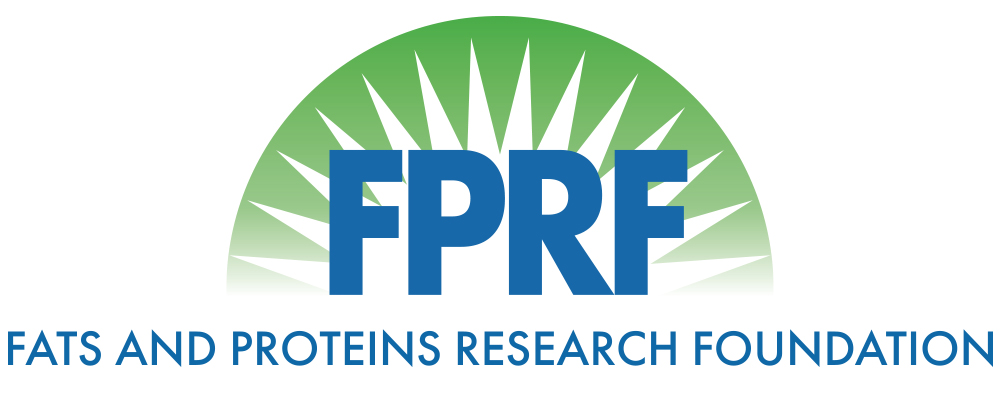Solvent Extraction of Oils from DAF Sludge and Reuse of Recovered Flocculant
Date: February 19, 2016
Principal Investigators: Christopher Kitchens, Clemson University
Keywords: Extraction, Oils, DAF, Flocculant
Summary:
The current industry standard for wastewater treatment in the rendering industry employs dissolved air flotation (DAF) to remove oils, protein, and other suspended particulatematter from wastewater before disposal or further treatment. The DAF process uses flocculants to aid in the coagulation and removal of the suspended solids. A result of the DAF process is a large volume of DAF sludge material that must be dealt with. Current practices are to dispose of the sludge, which is costly, or to put the sludge back into the front end of the rendering process, which introduces polyacrylamide flocculant into the rendered meal products. Polyacrylamide is commonly used in DAF processes and there are rising concerns with regard to the presence of the polyacrylamide in the meals used for agricultural and pet foods. The focus of this research is to investigate novel methods of isolating valuable oil components from the DAF sludge and the potential for reuse of recovered DAF flocculant.
Objectives:
- Perform lab-scale progressive solvent soxhlet extractions of DAF sludge obtained from rendering facilities. Solvents of the initial investigation will include hexane, acetone, ethanol, and ethyl acetate. Other generally recognized as safe (GRAS) FDA solvents will also be investigated.
- Characterize the oil extracted from DAF sludge to determine purity, composition, and quality.
- Determine the composition of the residual matrix after extraction and evaluate the potential for reuse in the DAF process.
